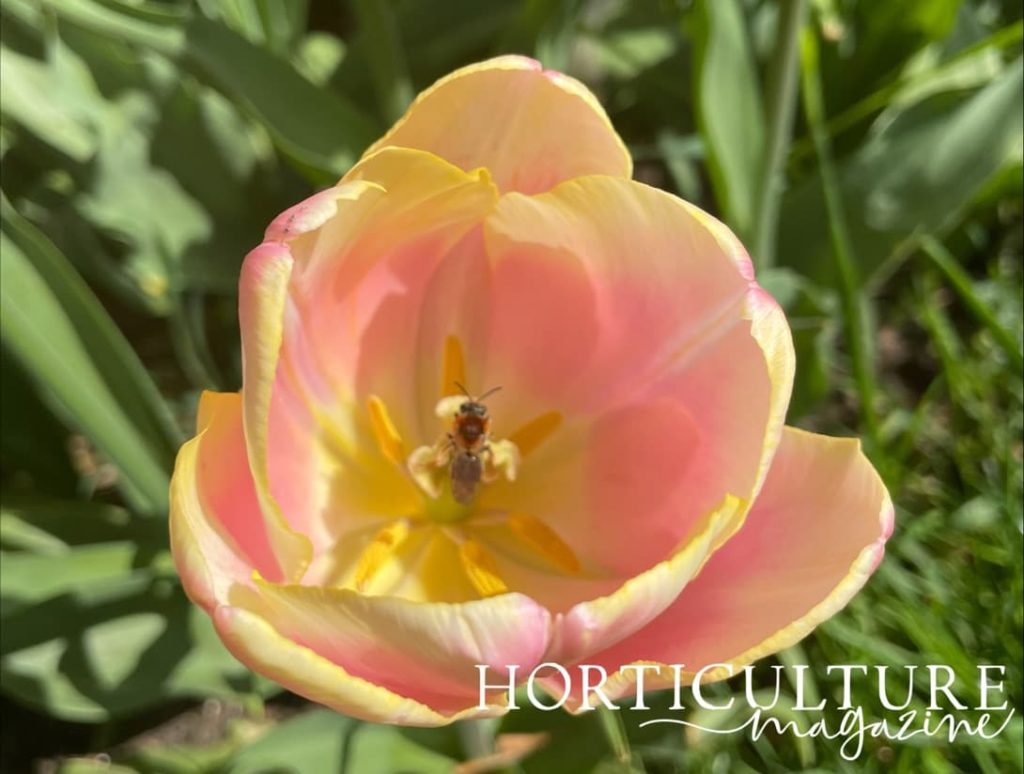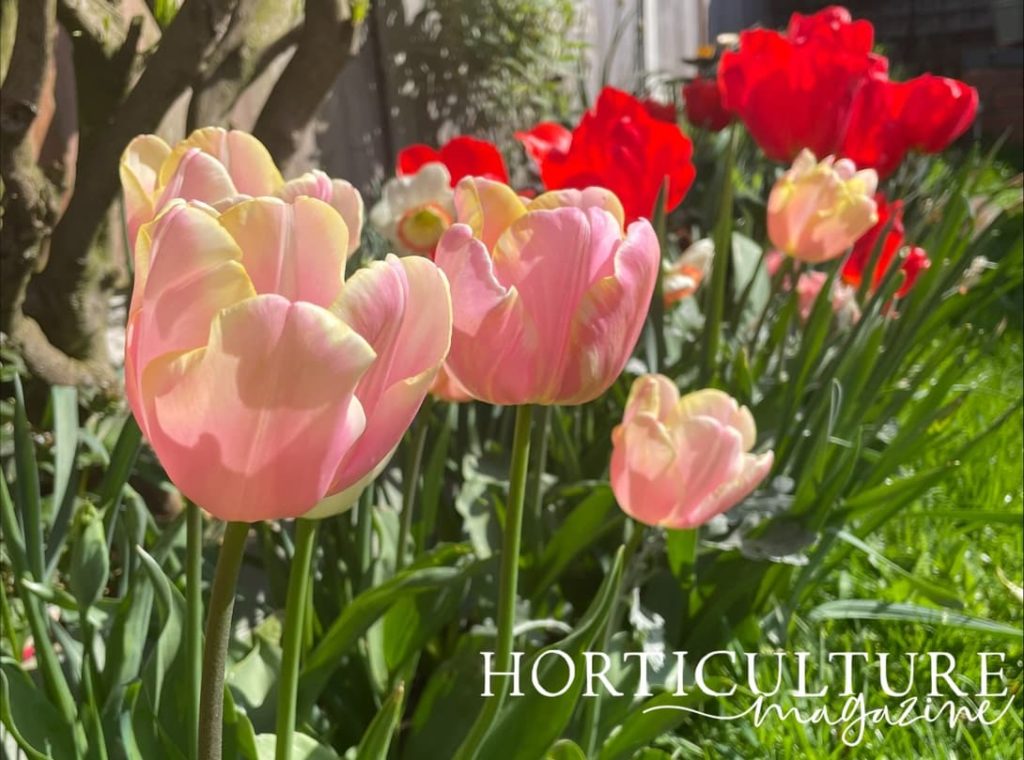BULBS > TULIPS > DEADHEADING
IN THIS GUIDE
TULIP GUIDES

Container GrowingDeadheadingVarieties
Tulips are a blanket mountain range of flowering bulb that bloom at the very height of spring after being planted out in autumn .
be intimate for their range of coloration and forms , these are a real staple fiber of any leaping show .

Unlike other spring bulbs , tulips are n’t recognize to perform as well in subsequent twelvemonth after their first screening , but deadheading can give them a good luck to amount back .
gratefully , it could n’t be a simpler task :
We divvy up the intact process ( with a visual presentment ) below .

When To Deadhead Tulips
count on the varieties you have in your green space , tulip will commence to droop any time between April and ( as late as ) June in some parts of the UK , but the standard time to deadhead is usually in May . you could start deadheading as shortly as you see the first blooms disappearance .
To make it an easier job , it is often better to deadhead as you see each flower go .
If you do n’t deadhead your tulips , the plant will put all its free energy into produce seed rather than back into the bulb in an exploit to add up back the undermentioned yr .

1) Find Tulips To Deadhead
pass tulip can be slimly camouflage if grown in a full moulding or in dense pots , but you ’ll normally be able to spot the dropped petal before you acknowledge the empty stem .
you’re able to wait for this to materialise and then hunt for tulip that have lose part of the full petal set .
A spent tulip bloom is simply the stem of the flora , with the stamen show after these petals have dropped off .

2) The Deadheading Process
Once you ’ve located your tulips to deadhead , you’re able to either reduce off the top of the stem or simply snarl it off with your fingers , verify to take the develop seed pod along with you .
Ideally , you ’ll be leaving as much of the foliation on the plant as possible to soak up the sunlight and provide vitality back into the bulb .
3) Compost Your Cuttings
Any stuff you ’ve cut off the tulip cango straight into your compost systemor into your green waste bin to be collected .
4) Let The Foliage Fade
When you ’ve deadheaded your tulips , the foliage will begin to turn yellow-bellied and disappearance .
This helps indicate that your plant ’s current season is consummate and you could remove this foliage .
Take maintenance not to remove any foliage until it is in full chickenhearted , as you ’ll want to allow it maximum clip to absorb energy for the medulla .

When the leaf is yellow , this too can be slue right back to the radical of the plant life and composted .
“ I grow many of my tulips in can that can be go after flowering , ” shares Horticultural Consultant Dan Ori .
“ I also plant tulip in grass that can be lapse in the ground and lifted after flowering to prevent ingest to look at yellow foliage for weeks . ”

No other care is required for these tulips and they ’ll hopefully be back next year to bloom again .